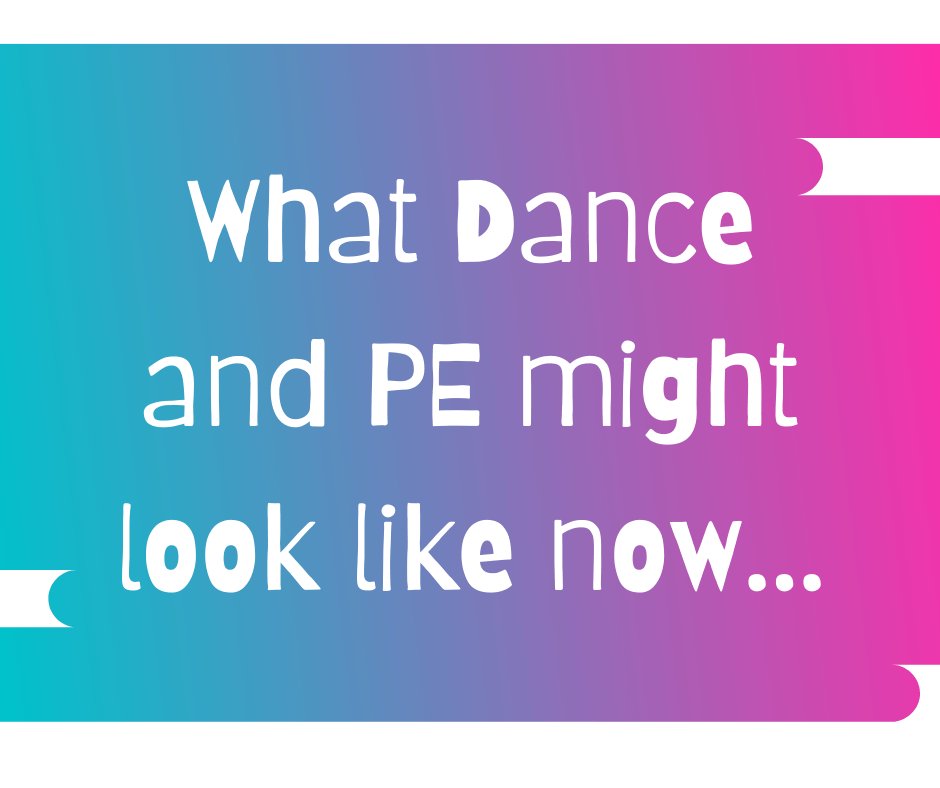If you've read the AfPE guidelines (or our recent blog about it here) you will…
Why Dance Bare-footed?
I often get asked why I teach with bare feet (which I do for the majority of my classes). And it’s a good question – many dance styles such as ballet and tap require specific footwear. However, for creative and contemporary dance, performers are usually bare-footed.
The trend started off with dancers such as Isadora Duncan, who challenged the conventions of traditional dance forms in the late 1800s / early 1900s. Duncan’s new style of dance drew heavily from the Ancient Greeks and her choreography was inspired by natural movements rather than rigid techniques. As well as wearing Grecian tunics she eschewed all forms of footwear, preferring to perform bare-footed instead. The beliefs of these pioneering artists still hold influence over creative and contemporary dance forms today.
So dancing barefooted is partly an artistic decision.
The dance sessions I deliver normally focus on exploring a topic through creative movements; children need to be free and expressive to fully immerse themselves within the session. Trainers and plimsoles can often hamper artistic expression (and they are sometimes too small / big / falling apart!) and dancing without shoes enables the feet to have a wider range of movements.
Going barefooted also helps to strengthen the body: our ankles, calves, foot arches. This in turn helps us to balance better – in our everyday lives as well as during movement classes.
There’s also something very wholesome and satisfying about connecting the feet to our immediate environment.
Of course, it can be difficult to persuade children (especially teenagers) to remove their footwear. And school halls are not always the cleanest of spaces. I normally do a quick recce of the floor before my sessions start, particularly if it’s straight after lunch! And yes sometimes my feet are dirty, but they only need a quick rinse afterwards.
For further inspiration (or further encouragement!) I’ll leave the final word to Sesame Street!



